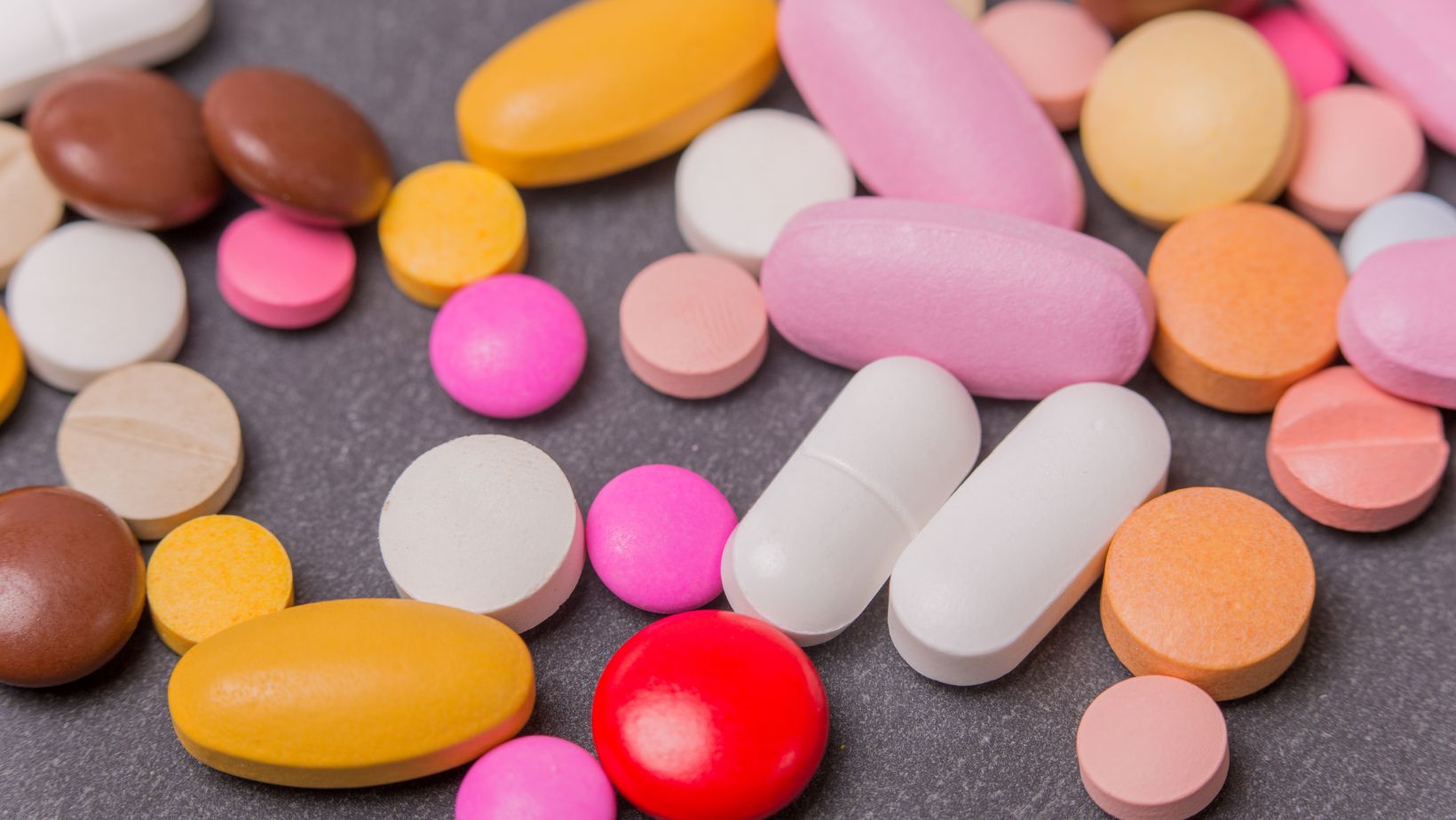People rely on medications to manage health conditions, relieve pain, or even save their lives. Yet, despite strict regulations, some drugs still reach the market without enough testing, potentially putting patients at risk.
Insufficient testing is one major factor in drug safety issues, as it can have serious side effects.
If you’ve been affected by a harmful drug, consulting an experienced dangerous drug lawyer is essential. They can help you understand your legal rights and options.
 This guide explains the impact of unsafe drugs on patients and society, as well as the reasons that make a drug unsafe.
This guide explains the impact of unsafe drugs on patients and society, as well as the reasons that make a drug unsafe.
The Impact of Unsafe Drugs on Patients and Society
Unsafe drugs have far-reaching consequences. For patients, they can result in unexpected side effects, severe health complications, or even death. The World Health Organization (WHO) estimates that 1 in 10 drugs in low- and middle-income countries are substandard or falsified, underscoring the widespread risk. Beyond personal harm, these drugs can lead to higher healthcare costs, loss of trust in healthcare systems, and legal issues for drug manufacturers.
Reasons That Make a Drug Unsafe
Insufficient Testing
Testing is critical in drug development to ensure safety and effectiveness. However, some pharmaceutical companies rush the testing process to speed up a drug’s release, often due to high demand or profit motives.
When a drug hasn’t undergone sufficient testing, critical information about side effects or interactions with other medications may remain unknown. This creates a significant risk for patients who rely on these drugs for their well-being.
Insufficient Clinical Trials
Clinical trials are essential in determining a drug’s safety in real-world conditions. These trials usually occur in multiple phases, each gathering vital data on side effects and efficacy.
However, some companies cut corners, conducting fewer or shorter trials to save time and money. Without enough clinical trials, serious side effects or long-term risks may go undetected, leaving patients vulnerable.
Undisclosed Side Effects
In some cases, drug manufacturers are aware of certain side effects but choose not to disclose them fully. This lack of transparency often occurs when companies worry that listing all risks could reduce a drug’s popularity.
By hiding or downplaying side effects, manufacturers prevent doctors and patients from making informed decisions, putting users at a higher risk for adverse reactions.
Unregulated Over-the-Counter Drugs
Over-the-counter (OTC) drugs, unlike prescription drugs, do not always undergo rigorous testing. Without strict regulations, some OTC drugs may contain unsafe ingredients or improper dosages, leading to harmful side effects.
Since these drugs are widely available, many people may unknowingly consume them without understanding the potential risks, increasing the likelihood of misuse and adverse effects.
Inadequate Labeling and Instructions
Clear labeling and usage instructions are vital for drug safety, providing information on dosages, side effects, and interactions with other substances.
 In some cases, labeling is incomplete, misleading, or even inaccurate, leading to improper use. If a label lacks critical warnings—such as not combining the drug with alcohol—users may face unexpected side effects, potentially endangering their health.
In some cases, labeling is incomplete, misleading, or even inaccurate, leading to improper use. If a label lacks critical warnings—such as not combining the drug with alcohol—users may face unexpected side effects, potentially endangering their health.
Final Thoughts
Drugs are meant to improve health, but various factors can make some drugs unsafe. Patients should take precautions by researching medications, consulting healthcare professionals, and carefully following instructions.
By staying informed, individuals can reduce their risk and ensure that the drugs they rely on truly support their health instead of causing harm.

